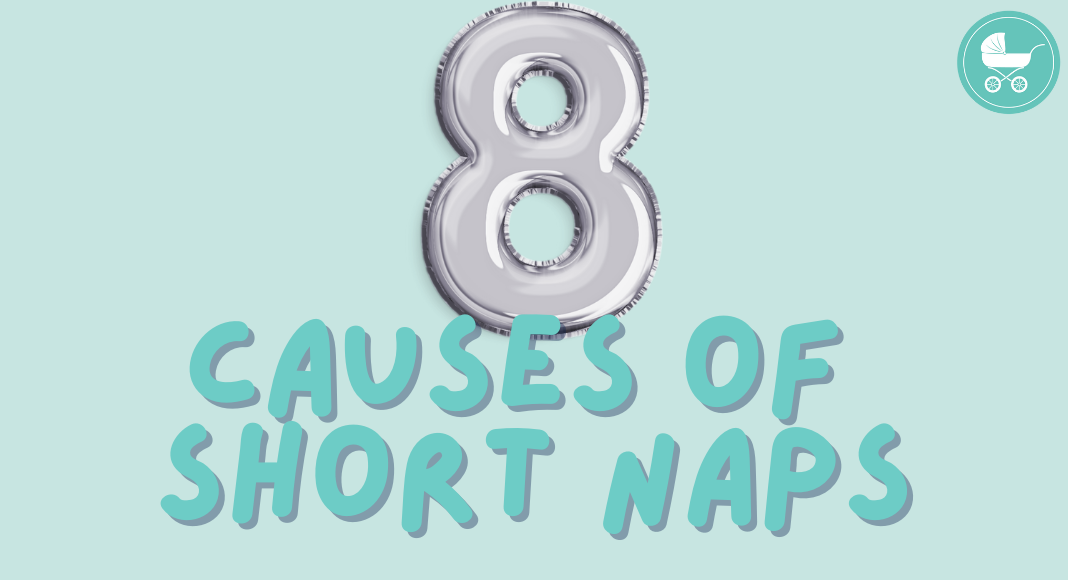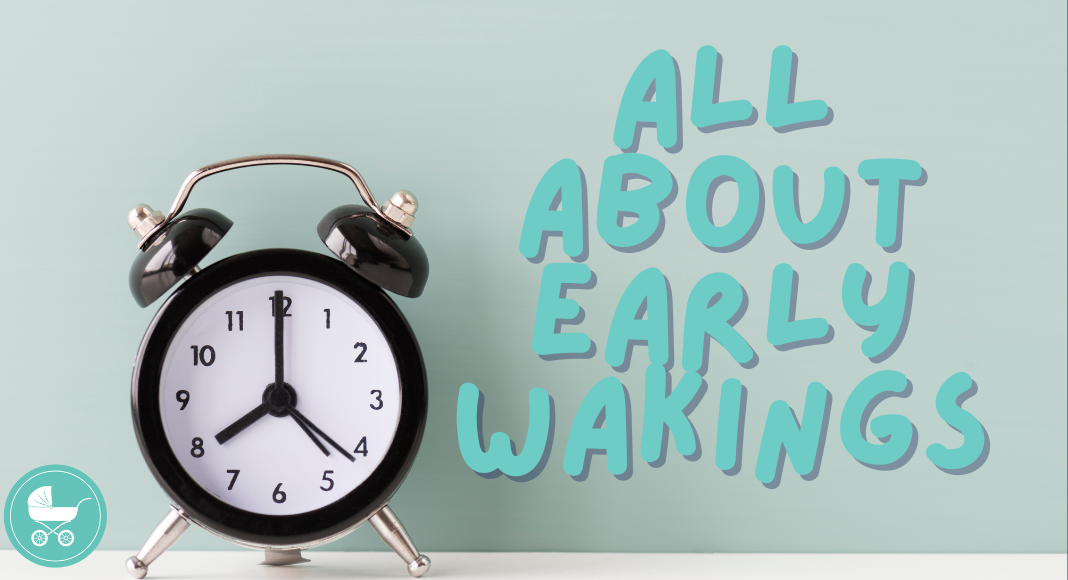
August 10, 2020
Any time a child experiences uncertainty, their sense of safety and security feels threatened. “Normal” life events can trigger big doses of uncertainty such as: a new sibling, a move, potty learning, starting school/daycare, a major change in the family’s schedule. 2020 tends to be classified in a league of its own because the global […]
Visual Routine Books
Any time a child experiences uncertainty, their sense of safety and security feels threatened. “Normal” life events can trigger big doses of uncertainty such as: a new sibling, a move, potty learning, starting school/daycare, a major change in the family’s schedule. 2020 tends to be classified in a league of its own because the global pandemic creates a chronic undercurrent of unpredictability.
Adults can lovingly remind children “You are safe. You can handle this.” with support structures embedded in the daily routine. One of my favorite ways to do this is with routine books.
Routine books are homemade books that explain a routine in simple, concise language, with pictures to support the words. Parents can take any routine: brushing teeth, mealtime, bedtime, getting ready for school and break it down into small steps. Then, parents can use clip-art or actual pictures of children engaged in each step to pair with the words. I recommend using actual pictures of the child whenever possible because these pictures will be more meaningful to children.
These books are particularly powerful for a few reasons:
- Our children process visual information much more readily than verbal information because our brain thinks in pictures before it thinks in words. The visual support is easier for our children to process.
- Explicit, visual step-by-step directions are the equivalent to an adult’s “to-do” list. When our brains are overwhelmed by so many tasks, we alleviate some of the stress on our working memory by writing it all down, so we can focus on the immediate task at hand.
- They serve as a connection activity! The book is something we sit and read with our child, so we are connecting over a new, different, or daunting routine before “game time.” This connection boosts their feeling of security.
- The child can reference the book at any time and “read the pictures,” which empowers them to learn, process, and understand the routine; thereby, boosting their confidence.
When parents introduce a new or particularly challenging routine, we can explicitly emphasize “safety” throughout the book to reassure and empower the child.
Before diving into making a book, consider these prompts:
- What is a clear starting point?
- What are “anchor points” of the routine? That is, things (order, places, people, objects) that stay consistent. Be sure to incorporate those!
- Who are the “safekeepers” or the people that help keep the child safe during this routine?
- Are their activities or items that are particularly comforting or enjoyable to your child?
- Ask them how they think they may feel during the routine.
- Focus on “remembering” instead of “missing.”
- Remember the purpose of these books are to provide some predictability to your child’s life, not rigidity.
These books are particularly helpful at the beginning of the school year when children are in a new environment with new people. This year, the book can be helpful in explaining the new routine of home school/virtual schooling.
Here are some example scripts:
For in school:
Mom or Dad will take me to school in the morning (picture of child in the car).
They will walk me to the door and my teacher will take my temperature (picture of the child getting their temperature taken OR the thermometer used) to make sure my body is healthy.
When I get to school, I will have some time to play on the carpet (picture of carpet circle).
My teacher, Ms. Smith, will be there to help me play, learn, and keep me safe (picture of teacher).
After we eat lunch and have quiet time, we will go outside to play, and then Mom will come pick me up (picture of lunch box, blanket, playground, and Mom).
If you want to make this book before the school year starts, I recommend e-mailing the teacher and asking for these pictures. I’ve made many of these books and always found that teachers are happy to oblige!
For virtual school:
After breakfast, I will sit at my desk with my computer for my first circle time (picture of child sitting at desk with computer).
We will sing songs, read a book, and then my teacher will give us games or pages to do on the computer (screenshot of some actual work).
After I do my school work, I will go outside to swim, play, or ride my bike (picture of child outside).
Then, I will eat lunch and have quiet time (picture of child eating lunch and lying down).
After quiet time, I will have afternoon lessons on my computer (picture of child sitting at the desk).
The most important part about these books is that they are simple, concise, focus on safety, and are authentic to your family. You can even have your child help you make it so they take ownership over the book!
Pick a routine in your house that feels challenging and try it out! Happy writing.
About the author:

Play With Purpose founder Caley Kukla is a wife to her high school sweetheart and a mother to two boys. Her motherhood journey began in 2014, when she realized that her degrees in Early Childhood Special Education could be put to good work educating parents about their child’s development.
Her passion is to help parents understand their children through the lens of empathy, developmentally appropriate practices, and emotion coaching.
As a mother, she has the unique ability to empathize with the daily parenting struggles, while grounding her coaching in brain research. Her mission is to change the world one family at a time while we raise the next generation to be compassionate, creative, and industrious leaders. She does this through a dynamic combination of one-on-one coaching, parent workshops, social skills classes for kids, and teacher education.
Get instant access to our free sleep class for children from newborn to 5 years old. You will learn how to get your child to sleep independently -- and all through the night!
Get Your Child To Sleep All Night Long in as Little as 7 Days!
join the free class
THE CLASS


